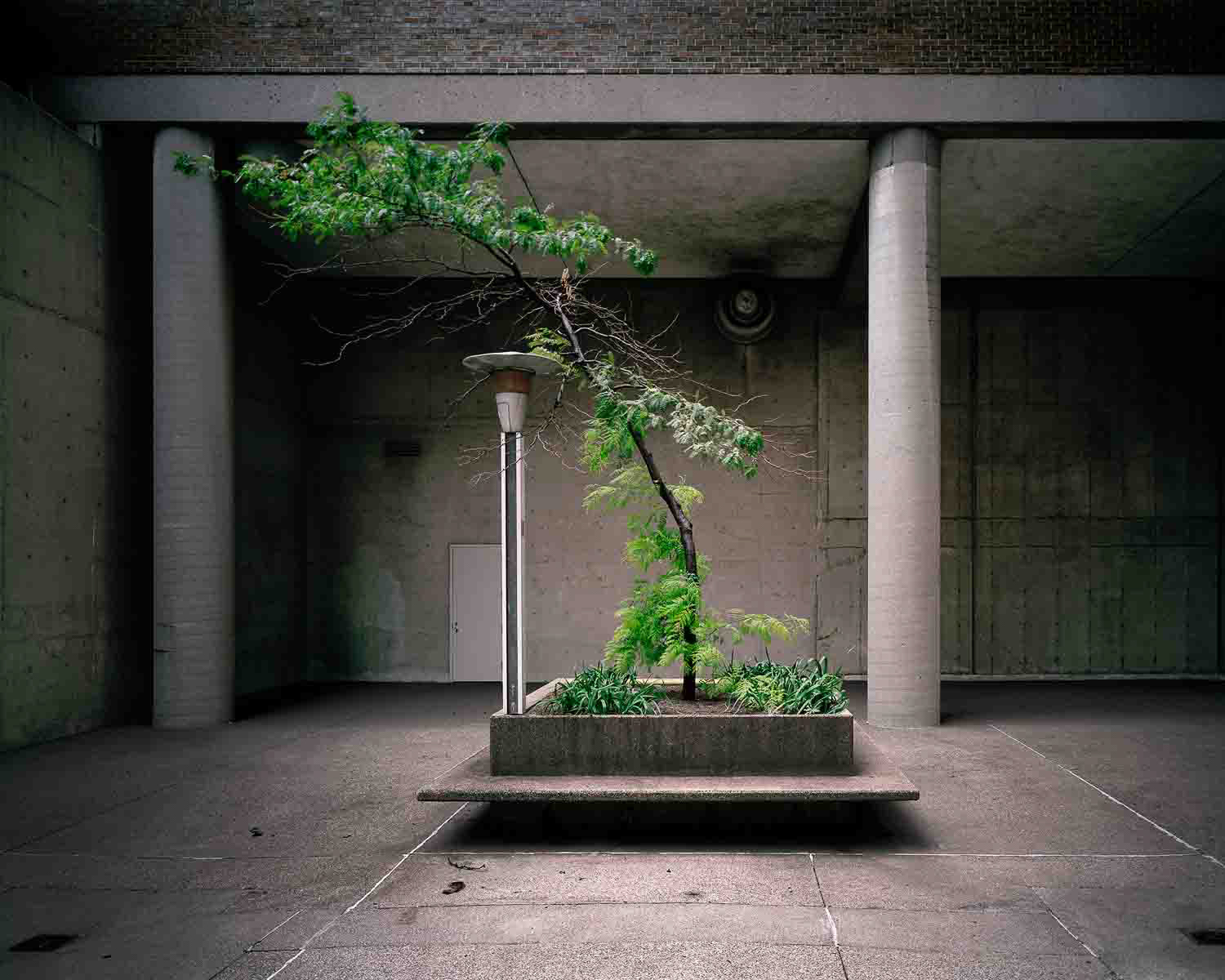
Leaning Tree, 2011
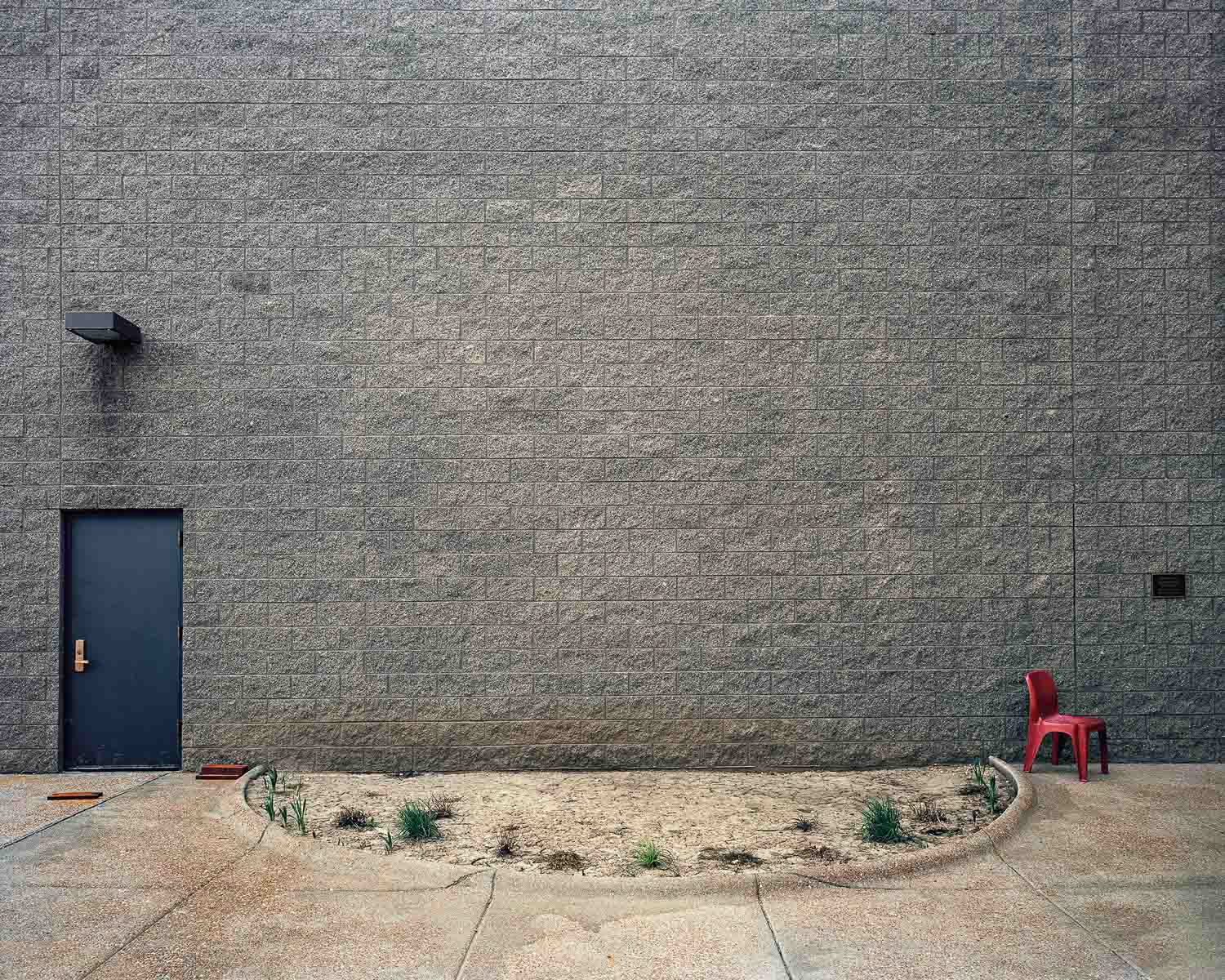
Garden and Red Chair, 2007

Three Flower Pots, 2010

Orane Bench, 2023

Bench, 2019

Mirror Wall, 2015
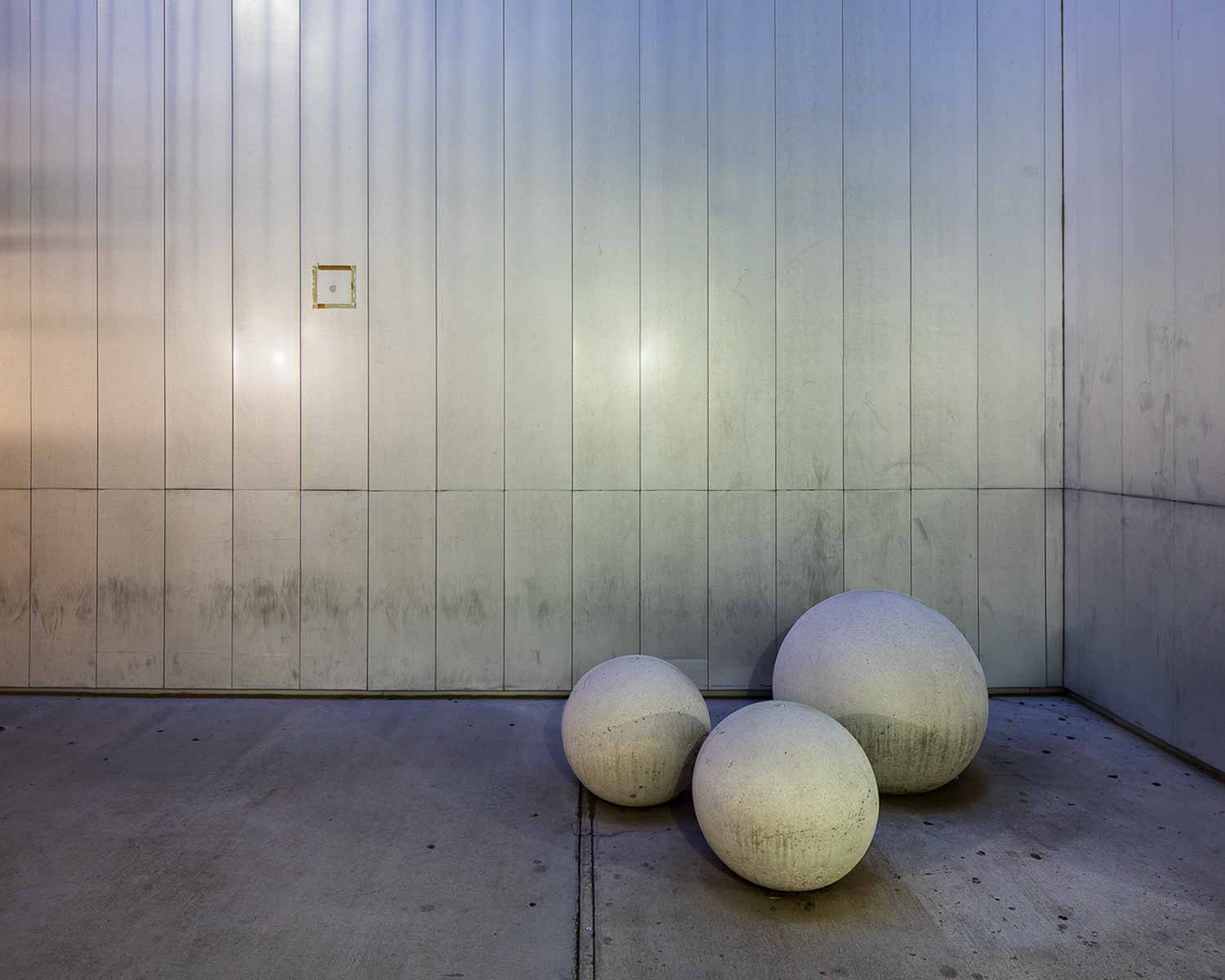
Three Spheres, 2015
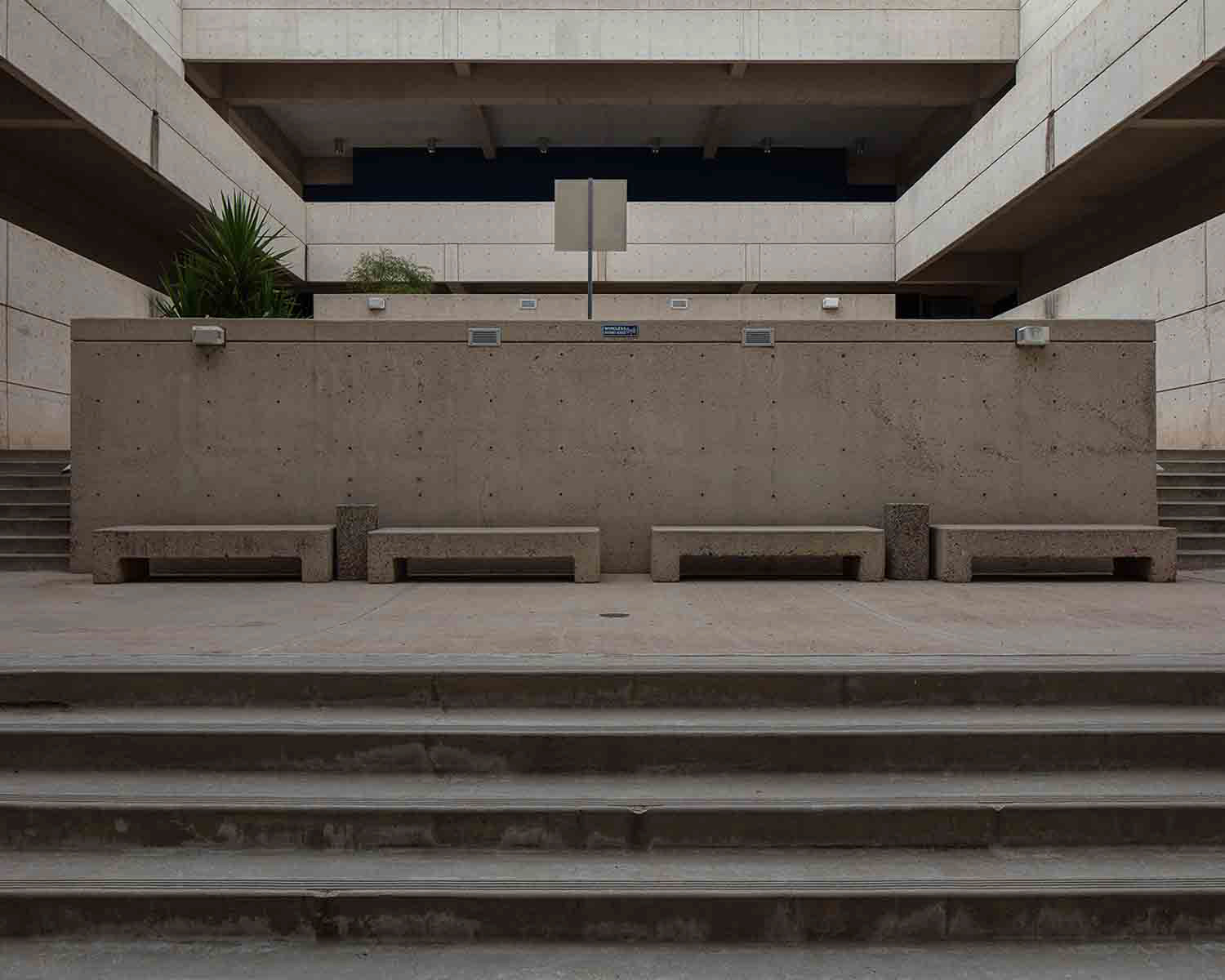
Four Benches, 2021

Bench and Orange, 2010
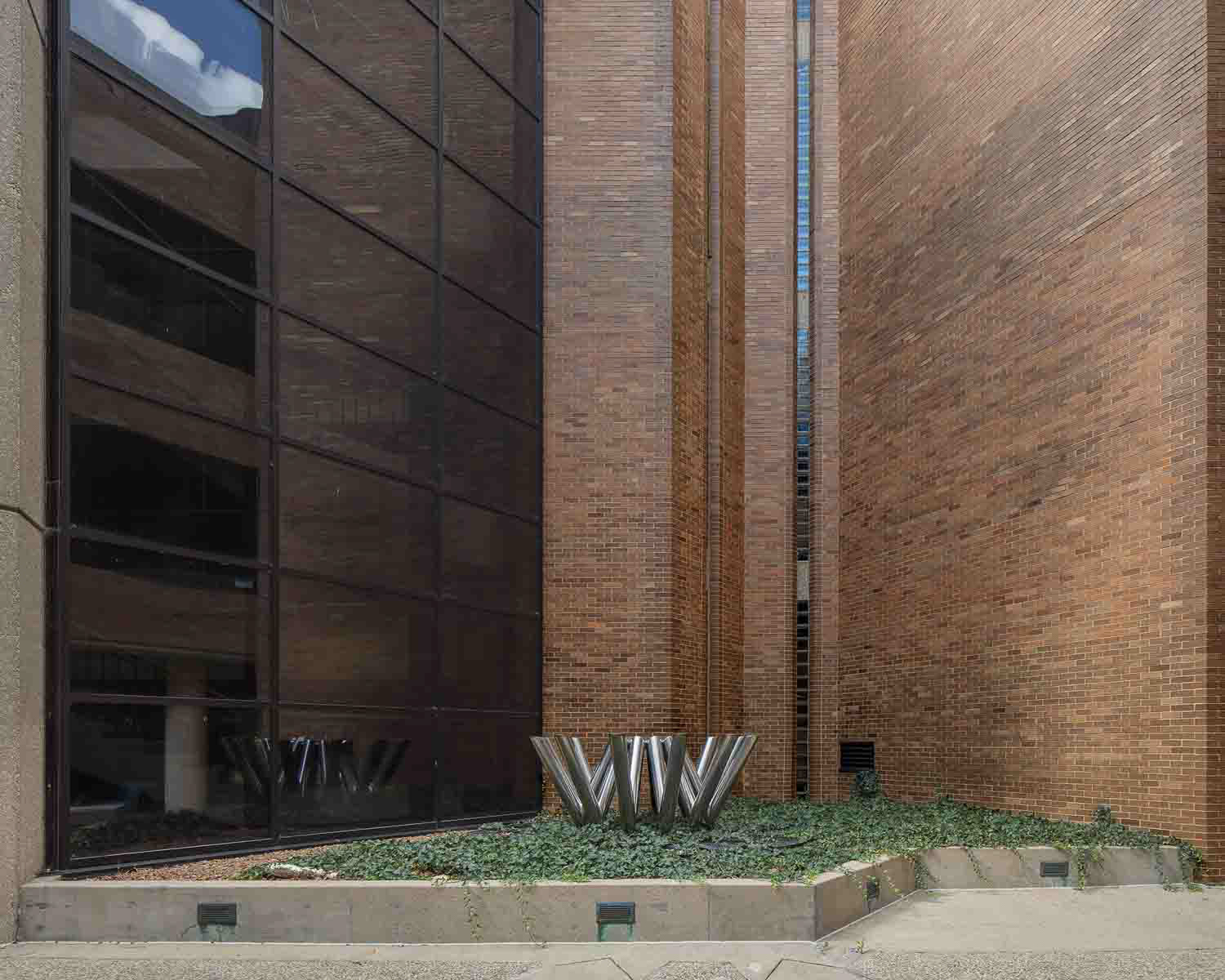
Garden, 2017

Stairway Art, 2017

Four Red Chairs, 2017
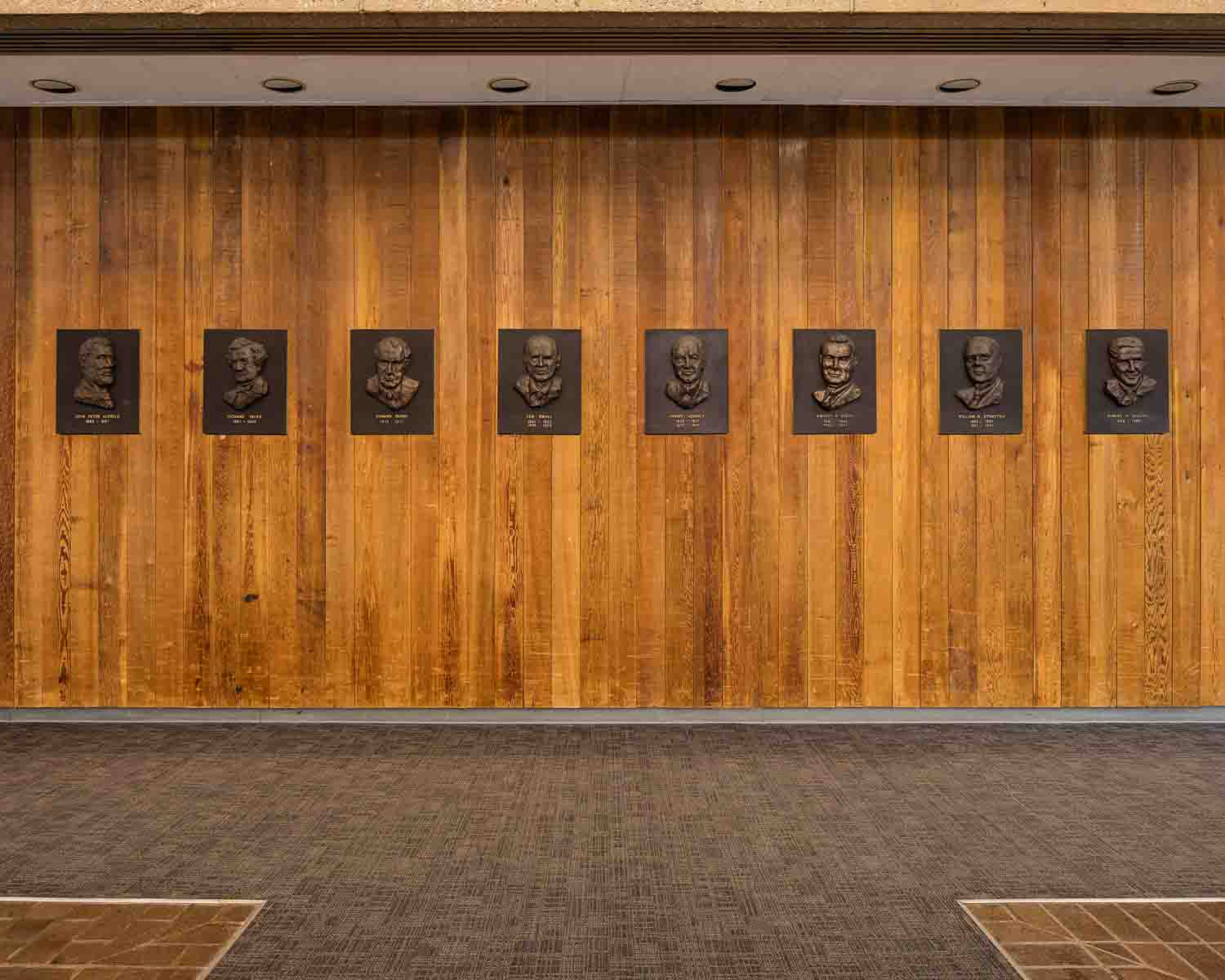
Governors, 2017

Window Vinyl, 2016

Bike Rack, 2016
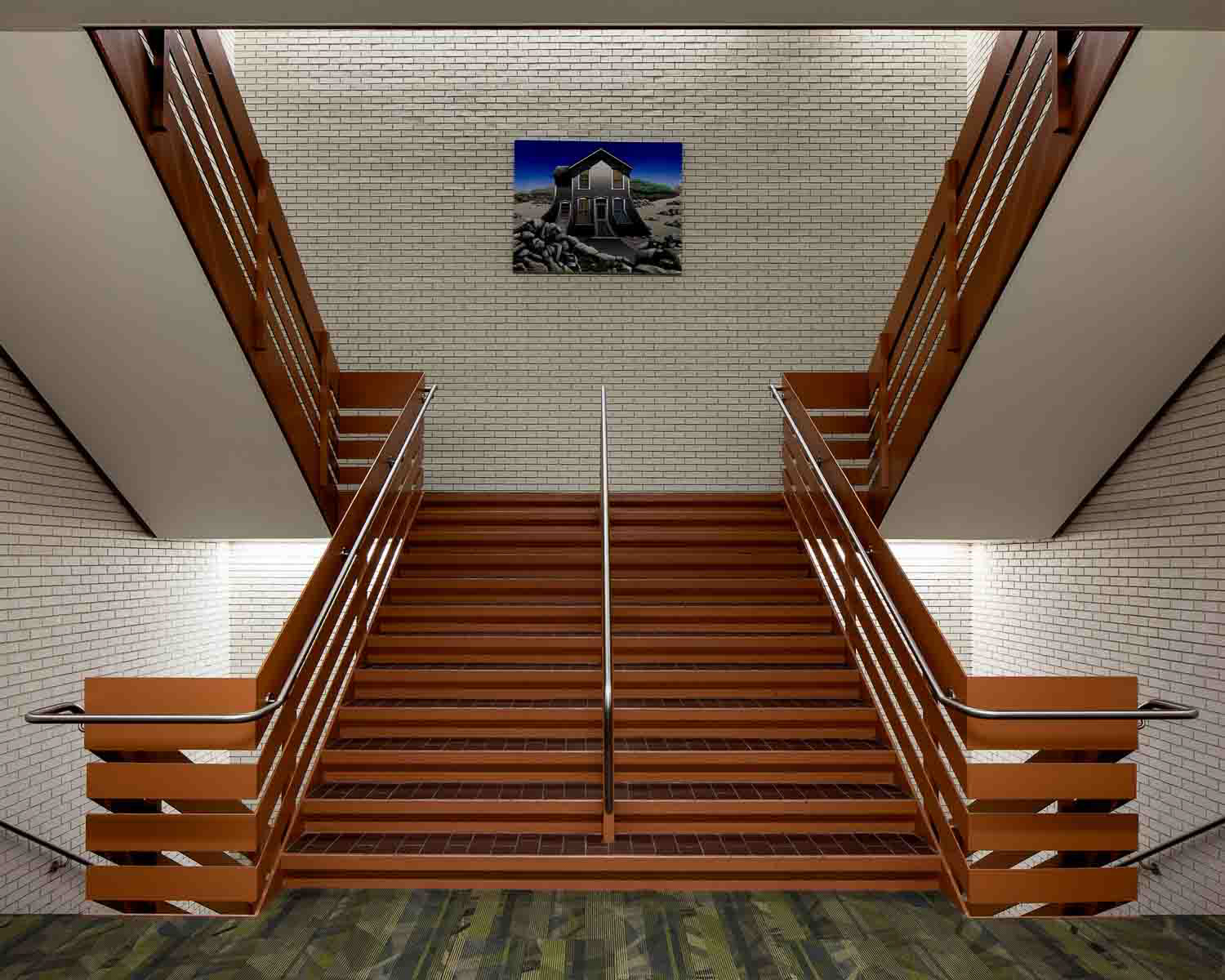
Stairway Artwork, 2016

Brick Enclosure and Chairs, 2014

Three Figures, 2013

Tree and Rusty Wall, 2013

Orange Wall, 2012

Skelaton, 2016

Sunset, Tree Shadow, and Benches, 2009
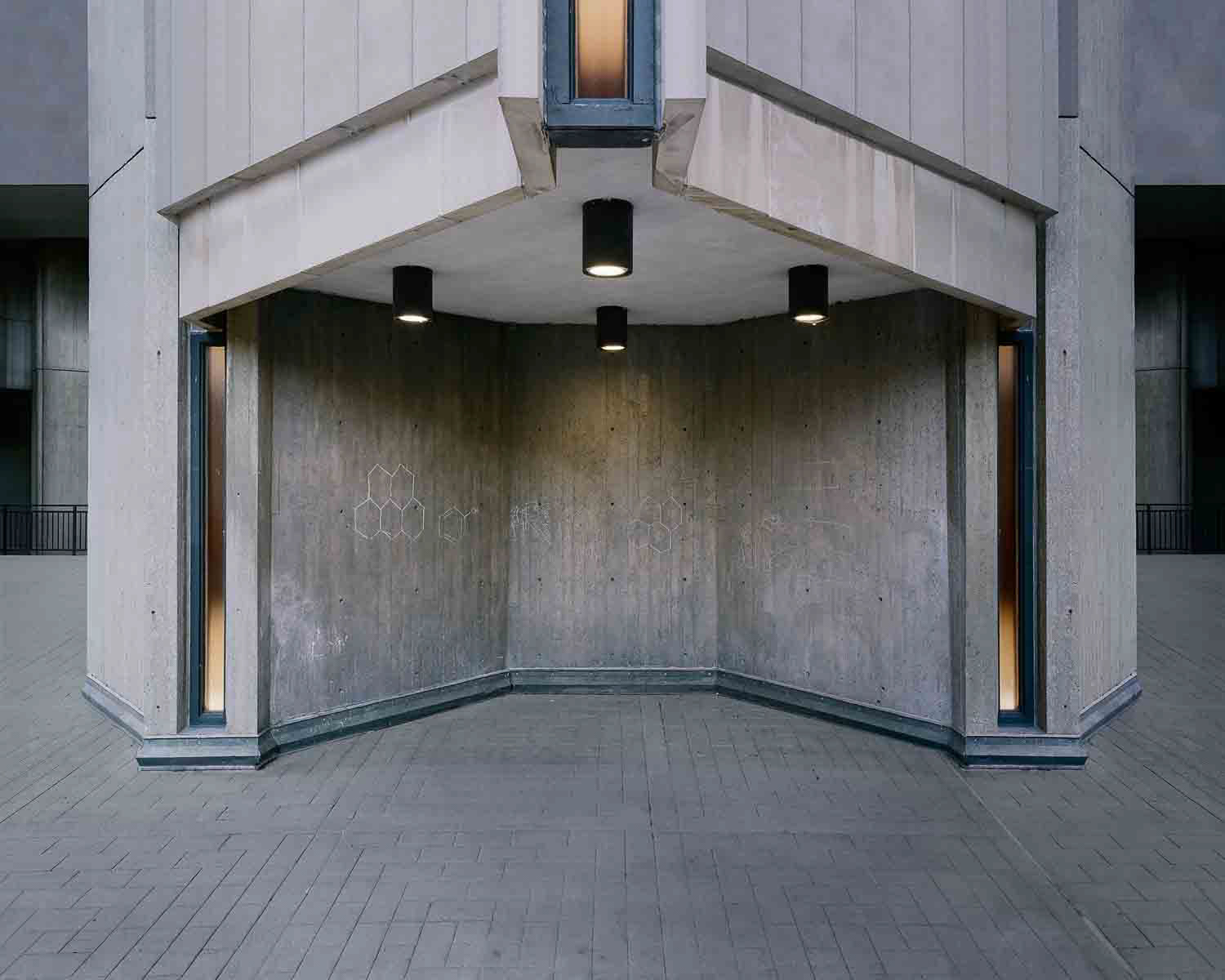
Ten Hexagons, 2009

Stairs to Nowhere, 2009
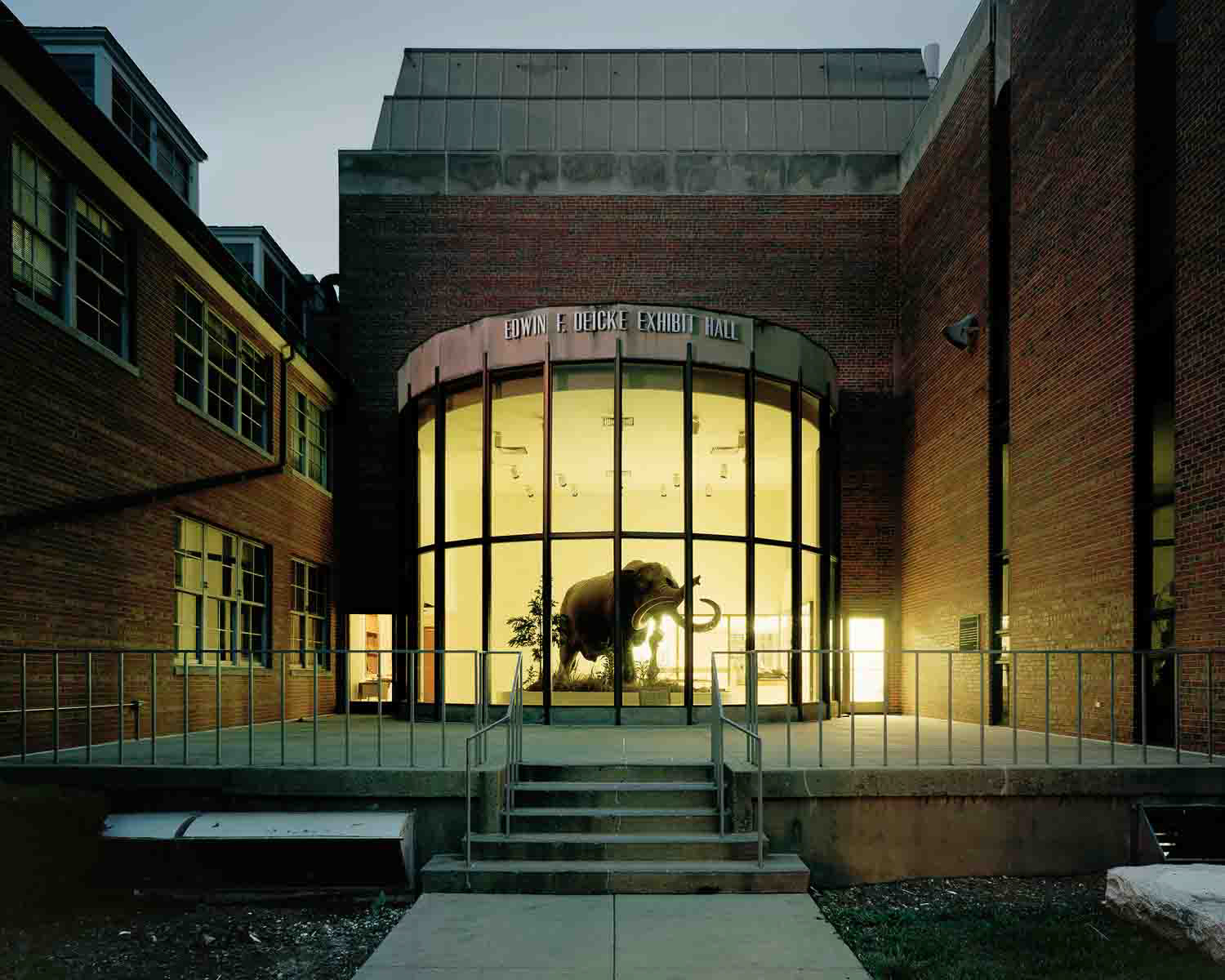
Mammoth, 2009

Night Class, 2007
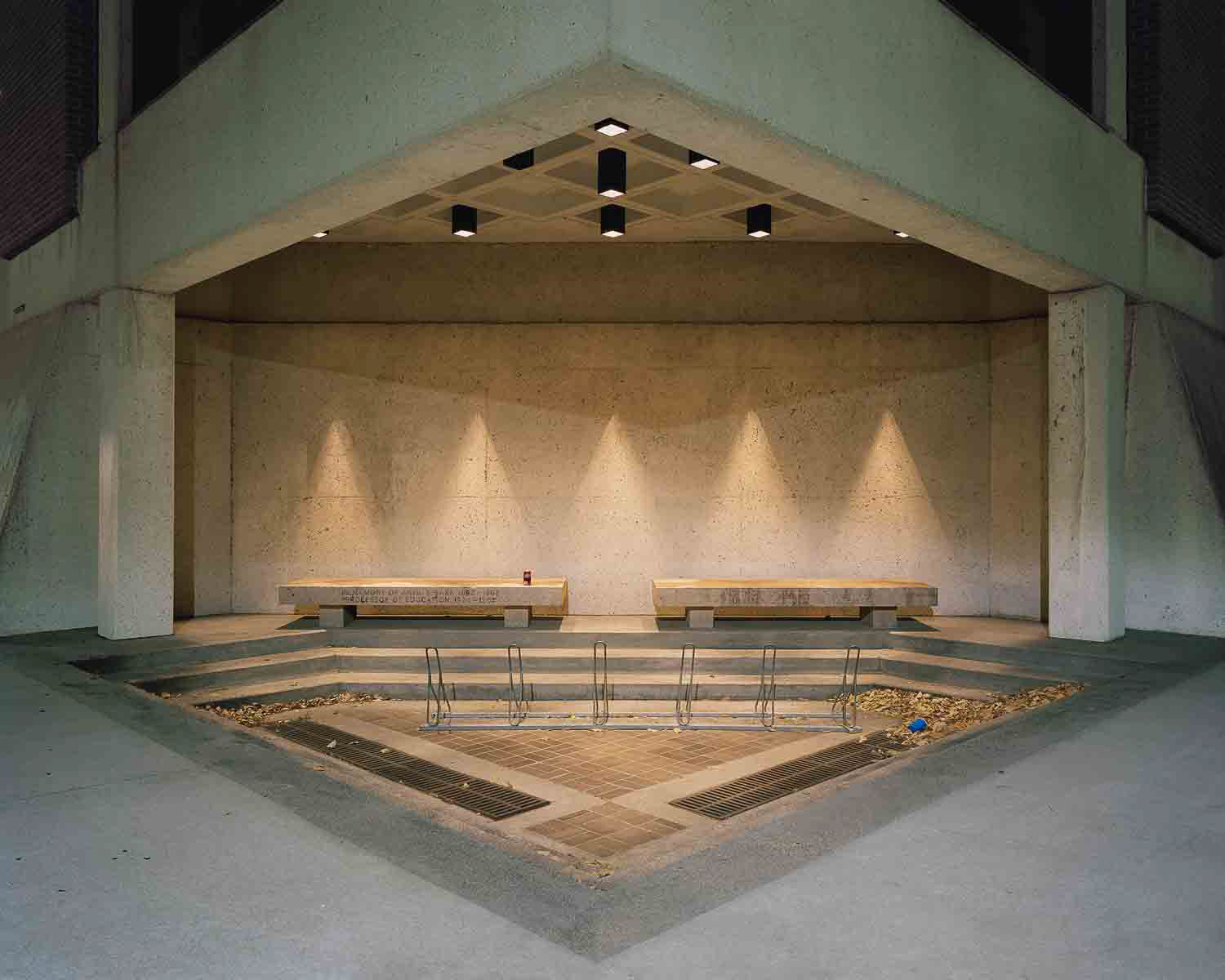
Bike Rack, 2007
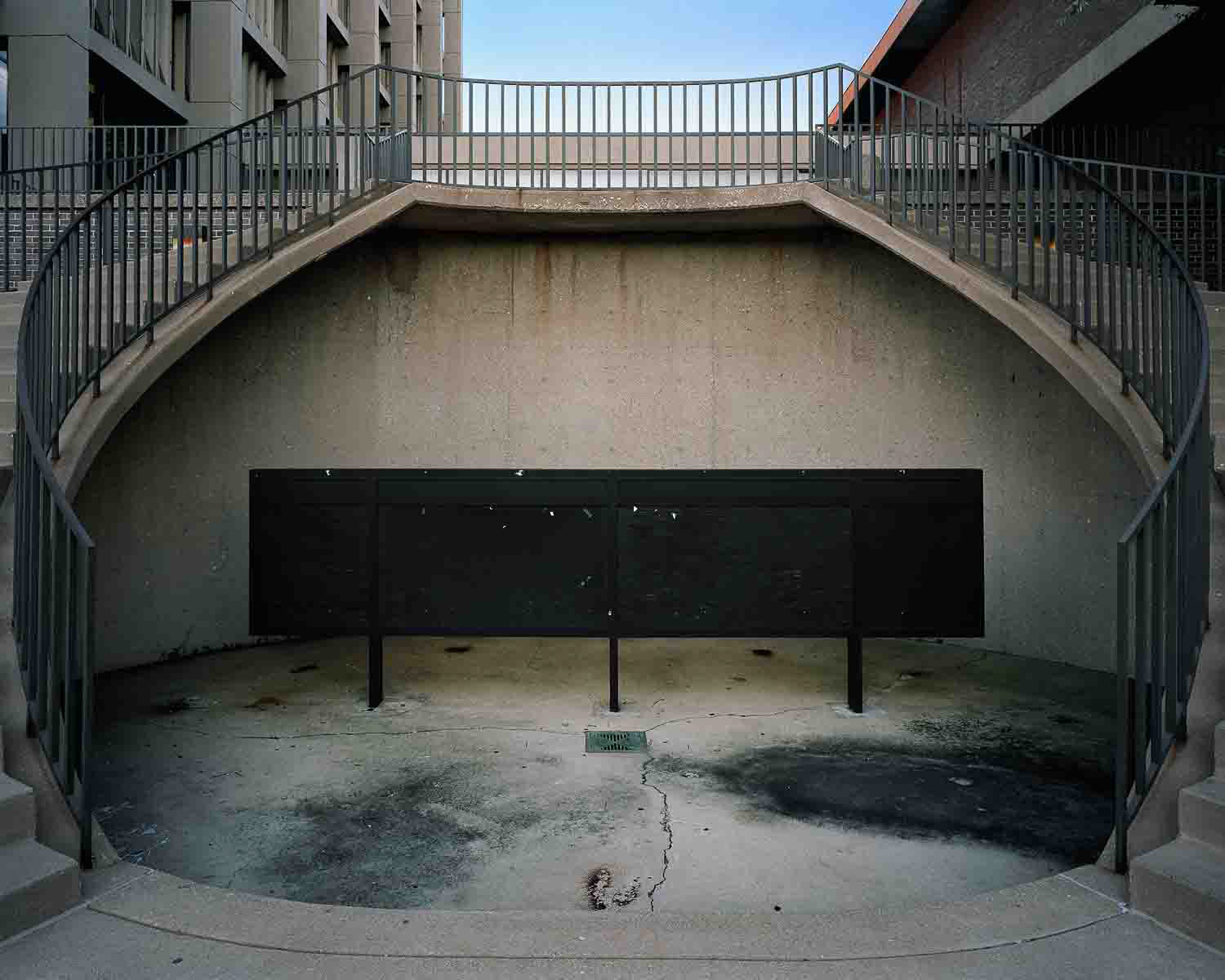
Bulletin Board, 2007

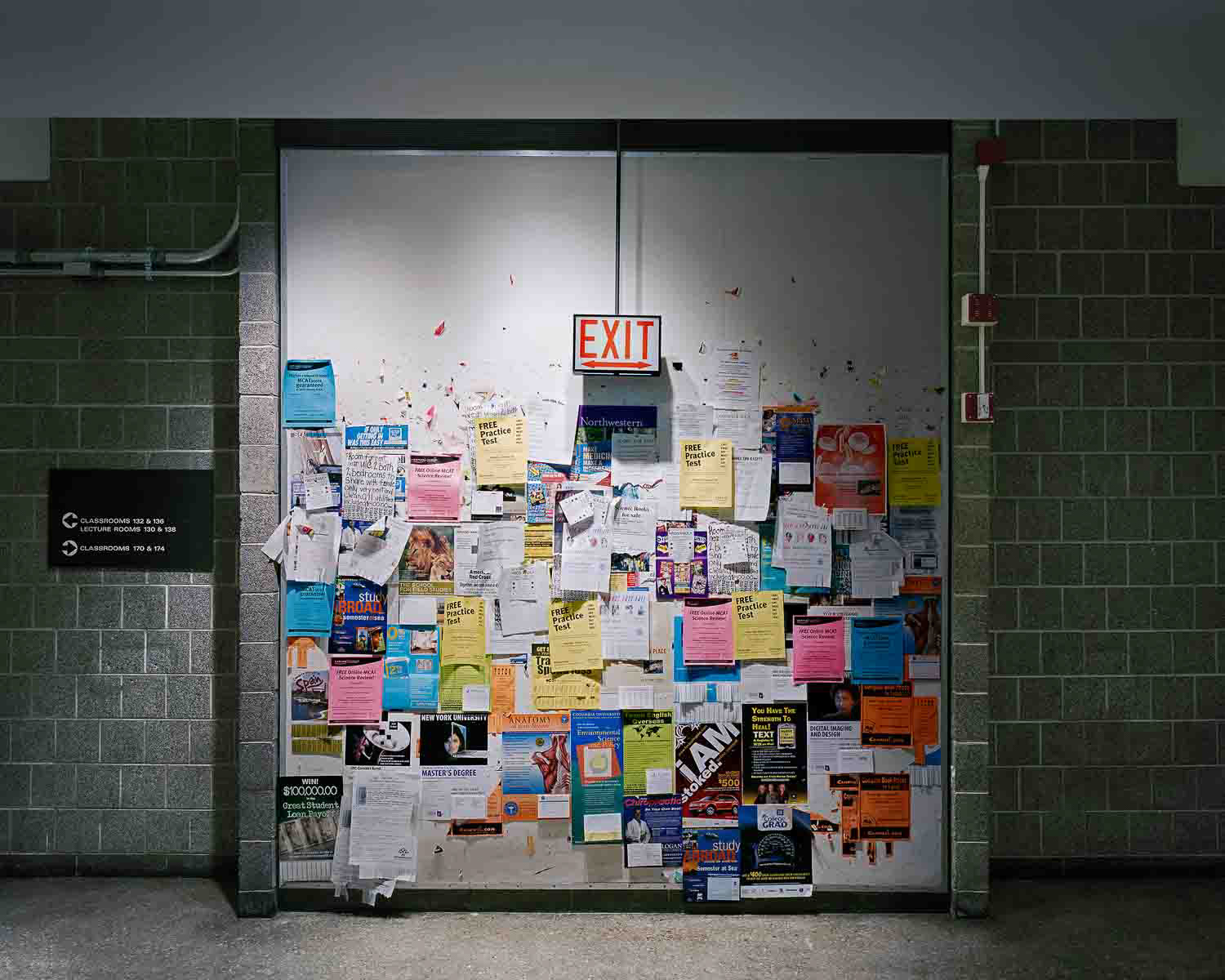
Bulletin Board 2, 2007
Ersatz is a photographic exploration about how architecture influences those who inhabit it. Architecture plays an important part in how people interact, where and whether they interact, and how they feel about the activity that happens in the space. People recognize when they do not like a space or if it is lacking something and shown in this work is the attempts to rectify the flaws in the design.
Ersatz: [er-zahts]: An artificial substance or article used to replace something natural or genuine; a substitute.
This work examines artificial features that are incorporated into publicly accessible spaces: commercial, corporate, and institutional, constructed environments in an attempt to mitigate or lessen the effect of structures that, while functional, are essentially cold flat featureless boxes. This collection seeks to draw the viewer’s attention to the presence of these ersatz elements in modern architectural spaces.
All of these images depict elements added to the environment to simulate comfort to those people who pass through these spaces. Some are of a more physical or sensory kind, such as a place for people to sit or something to look at. However, most ersatz elements relate to the connection of humans to nature. The place to sit or thing to look at becomes a place to look at nature or a representation therein.